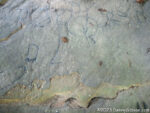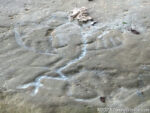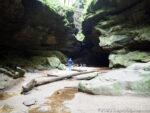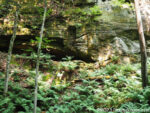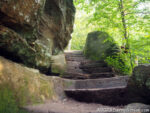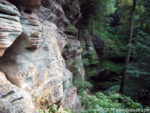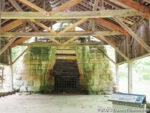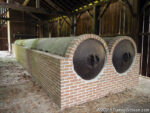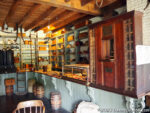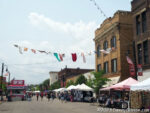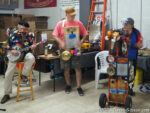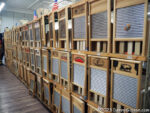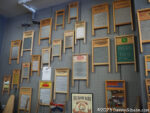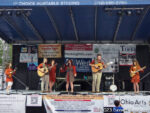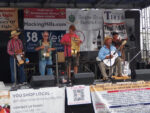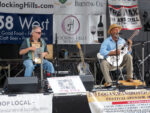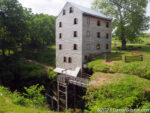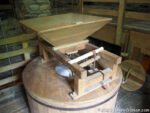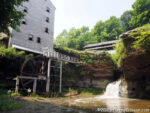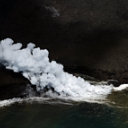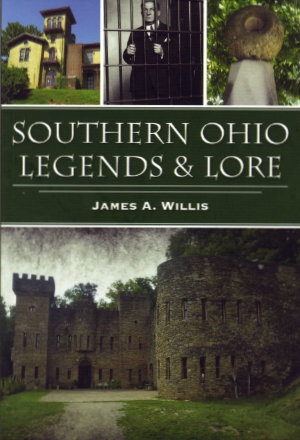 I met James Willis in March at the first-ever Frogman Festival which I reported on here. In fact, his “Frogman of Loveland, Ohio” presentation was one of the main festival attractions for me even though I almost expected to be disappointed by it. One reason for that was just my general skepticism of all things paranormal related but I also felt I had reason to be skeptical of Mr. Willis specifically. An online bio utilized for the festival begins with “Not since the Headless Horseman went charging through Sleepy Hollow has something come out of the Hudson Highlands of upstate New York as thrilling and chilling as author and paranormal researcher James A. Willis.” That struck me as rather pompous and I more or less anticipated an arrogant fellow demanding I believe in spooks and oversized frogs because he said so. That was not at all what I got, however.
I met James Willis in March at the first-ever Frogman Festival which I reported on here. In fact, his “Frogman of Loveland, Ohio” presentation was one of the main festival attractions for me even though I almost expected to be disappointed by it. One reason for that was just my general skepticism of all things paranormal related but I also felt I had reason to be skeptical of Mr. Willis specifically. An online bio utilized for the festival begins with “Not since the Headless Horseman went charging through Sleepy Hollow has something come out of the Hudson Highlands of upstate New York as thrilling and chilling as author and paranormal researcher James A. Willis.” That struck me as rather pompous and I more or less anticipated an arrogant fellow demanding I believe in spooks and oversized frogs because he said so. That was not at all what I got, however.
Willis is not exactly timid or unsure of himself but his confidence is solidly backed up by knowledge. He is a long way from arrogant and even farther away from pompous. His presentation did not focus on how weird and mysterious a creature referred to as a “frogman” was but on verifiable facts behind the stories about it. I enjoyed his talk so much that I sought him out when it was over to buy this book containing more stories about my area of Ohio.
As its back cover tells us, Southern Ohio Legends & Lore is filled with “scary, mysterious and just plain weird stories” but Willis’ telling of those stories is, just like his festival presentation, replete with verifiable facts. I do not mean to imply that Willis solves every mystery or debunks every myth. There is a section titled “The Unexplained” and there are plenty of questions that remain unanswered in other sections as well. But those questions are not unanswered due to a lack of trying and I’m fairly confident that no known explanation is intentionally omitted. In addition, Willis does not resort to hyperbole or loaded language to make the stories scarier, more mysterious, or weirder than they already are,
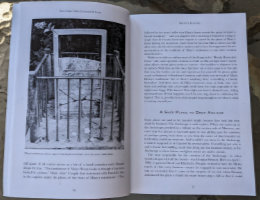 The stories are divided into six sections: “Ghostly Legends”, “Legendary Characters”, “Legendary Villians”, “Legendary Places”, “The Unexplained”, and “Legendary Events”. Having lived my entire life in southern Ohio, I was already at least somewhat familiar with most of them. There are exceptions including all four “Ghostly Legends”. It is the only section where every story is new to me and it is the only section dealing more or less directly with possibly supernatural phenomena. I’m thinking those two facts might very well be related. I’m also thinking that this is the right place to mention that Willis is the founder and director of the paranormal research group The Ghosts of Ohio. I find it somehow reassuring that this is also the only section where that comes into play and even here there is no straying from the “verifiable facts” approach.
The stories are divided into six sections: “Ghostly Legends”, “Legendary Characters”, “Legendary Villians”, “Legendary Places”, “The Unexplained”, and “Legendary Events”. Having lived my entire life in southern Ohio, I was already at least somewhat familiar with most of them. There are exceptions including all four “Ghostly Legends”. It is the only section where every story is new to me and it is the only section dealing more or less directly with possibly supernatural phenomena. I’m thinking those two facts might very well be related. I’m also thinking that this is the right place to mention that Willis is the founder and director of the paranormal research group The Ghosts of Ohio. I find it somehow reassuring that this is also the only section where that comes into play and even here there is no straying from the “verifiable facts” approach.
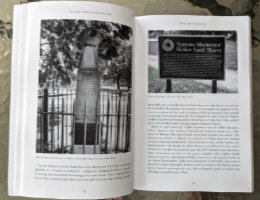 I don’t believe I learned anything new about any of the “Legendary Characters” but I appreciate the concise and complete descriptions. Willis’ reporting on John Symmes and his hollow earth theory is among the most even-handed and comprehensive I’ve read. Likewise, his tale of “Legendary Villian” George Remus where I did learn a few details for the first time.
I don’t believe I learned anything new about any of the “Legendary Characters” but I appreciate the concise and complete descriptions. Willis’ reporting on John Symmes and his hollow earth theory is among the most even-handed and comprehensive I’ve read. Likewise, his tale of “Legendary Villian” George Remus where I did learn a few details for the first time.
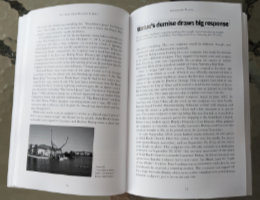 “Legendary Places” combines a place I had never heard of (Athens Pentagram) with three that I am quite familiar with. That somehow makes it my favorite section. One of the three familiar places, the Loveland Castle, was the subject of a blog post here just last fall. “The Unexplained” includes the Loveland Frog that had been my introduction to James Willis. Three major disasters including the 1979 Who concert tragedy appear in “Legendary Events”. All are certainly legendary and make for interesting reading but do not really seem scary, mysterious, or weird.
“Legendary Places” combines a place I had never heard of (Athens Pentagram) with three that I am quite familiar with. That somehow makes it my favorite section. One of the three familiar places, the Loveland Castle, was the subject of a blog post here just last fall. “The Unexplained” includes the Loveland Frog that had been my introduction to James Willis. Three major disasters including the 1979 Who concert tragedy appear in “Legendary Events”. All are certainly legendary and make for interesting reading but do not really seem scary, mysterious, or weird.
Maybe I did not learn about a bunch of new places to visit or encounter shocking revelations about people or places not new to me but I did learn that James A. Willis is a stubborn researcher and a straight-shooting reporter even if he doesn’t seem as chilling as a headless horsemen. Those who have not spent three-quarters of a century in southern Ohio will almost certainly be able to expand their list of places to visit or add to the stock of stories they share with friends.
Even I have added something connected to this book to my schedule. Another of the “Legendary Places” with which I am familiar is the site where three nineteenth-century attempts to establish Utopia failed. I read the chapter on Utopia while out to breakfast then, within minutes of returning home, I was presented with an online advertisement for Utopia: A New Musical premiering in a couple of weeks. I immediately bought a ticket because that is most definitely “just plain weird”.
Southern Ohio Legends & Lore, James A. Willis, The History Press (August 15, 2022), 6 x 9 inches, 144 pages, ISBN 978-1467151115
Available through Amazon.

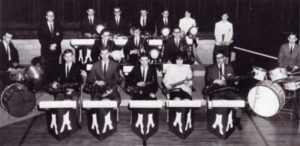

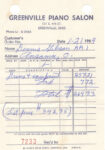
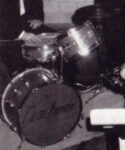
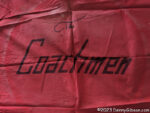

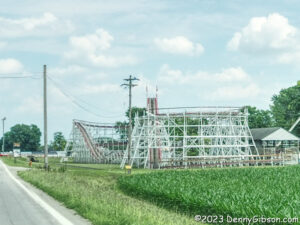
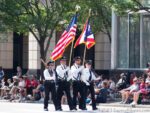

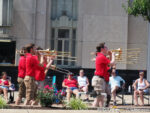
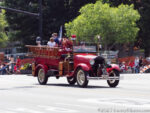
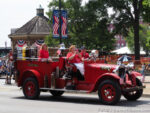

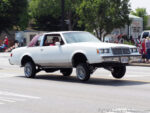
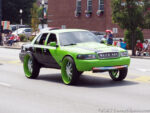






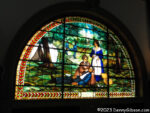
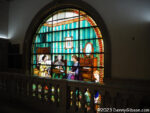



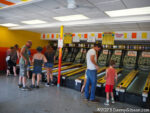



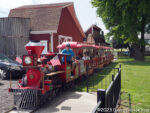


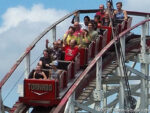
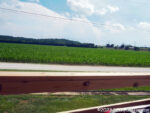


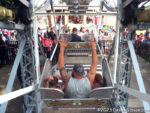











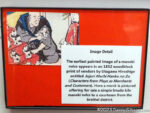
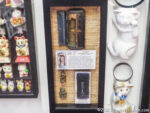


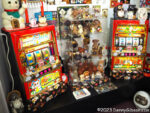




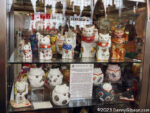

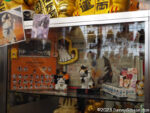
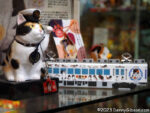



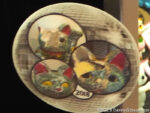
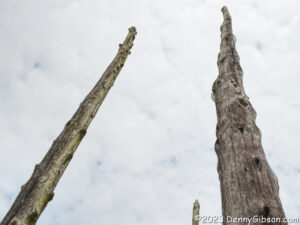
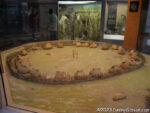


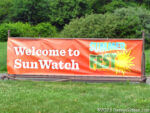
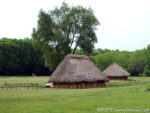
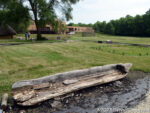
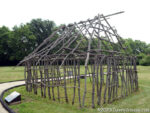


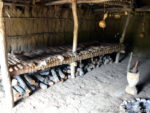

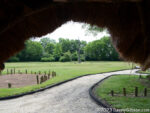
 In the prologue of Philippines, Palau, and Guam, Matt Cohen says he considered but discarded the idea of organizing the book along the lines of the Philipines’ four ‘B’s — basketball, beauty contests, boxing, and beaches. I guess that was on my mind as I scanned it for the first time and found myself registering three ‘C’s — color, culture, and composition.
In the prologue of Philippines, Palau, and Guam, Matt Cohen says he considered but discarded the idea of organizing the book along the lines of the Philipines’ four ‘B’s — basketball, beauty contests, boxing, and beaches. I guess that was on my mind as I scanned it for the first time and found myself registering three ‘C’s — color, culture, and composition.
 Although it is not presented as such, the book really is a travelogue of sorts. Most if not all of the travel photos were taken during a single extended trip taken by the author and his wife in early 2023. After deciding not to use the four ‘B’s as organizing tools, Cohen went with a fairly straightforward geographical organization. The Philippines gets three chapters covering the three areas where they spent the most time. These are Manila, North Luzon, and Cebu/Bohol. Palau and Guam each get their own chapter. Each chapter begins with an actual postcard that the Cohens mailed to themselves from the region covered by the chapter accompanied by a brief description of the region. A map, with locations of interest marked, follows.
Although it is not presented as such, the book really is a travelogue of sorts. Most if not all of the travel photos were taken during a single extended trip taken by the author and his wife in early 2023. After deciding not to use the four ‘B’s as organizing tools, Cohen went with a fairly straightforward geographical organization. The Philippines gets three chapters covering the three areas where they spent the most time. These are Manila, North Luzon, and Cebu/Bohol. Palau and Guam each get their own chapter. Each chapter begins with an actual postcard that the Cohens mailed to themselves from the region covered by the chapter accompanied by a brief description of the region. A map, with locations of interest marked, follows. The chapters are then filled with pictures of people, places, and things accompanied by text ranging from a few words to a few paragraphs. Most questions I had when first encountering a photo were answered in nearby text. The places pictured range from mountains to markets. Things range from colorful new balloons offered for sale to an abandoned Japanese tank slowly being claimed by foliage. People include unnamed workers, islanders in native dress, a mayor, a governor, a president, and a would-be bride left at the altar.
The chapters are then filled with pictures of people, places, and things accompanied by text ranging from a few words to a few paragraphs. Most questions I had when first encountering a photo were answered in nearby text. The places pictured range from mountains to markets. Things range from colorful new balloons offered for sale to an abandoned Japanese tank slowly being claimed by foliage. People include unnamed workers, islanders in native dress, a mayor, a governor, a president, and a would-be bride left at the altar.

